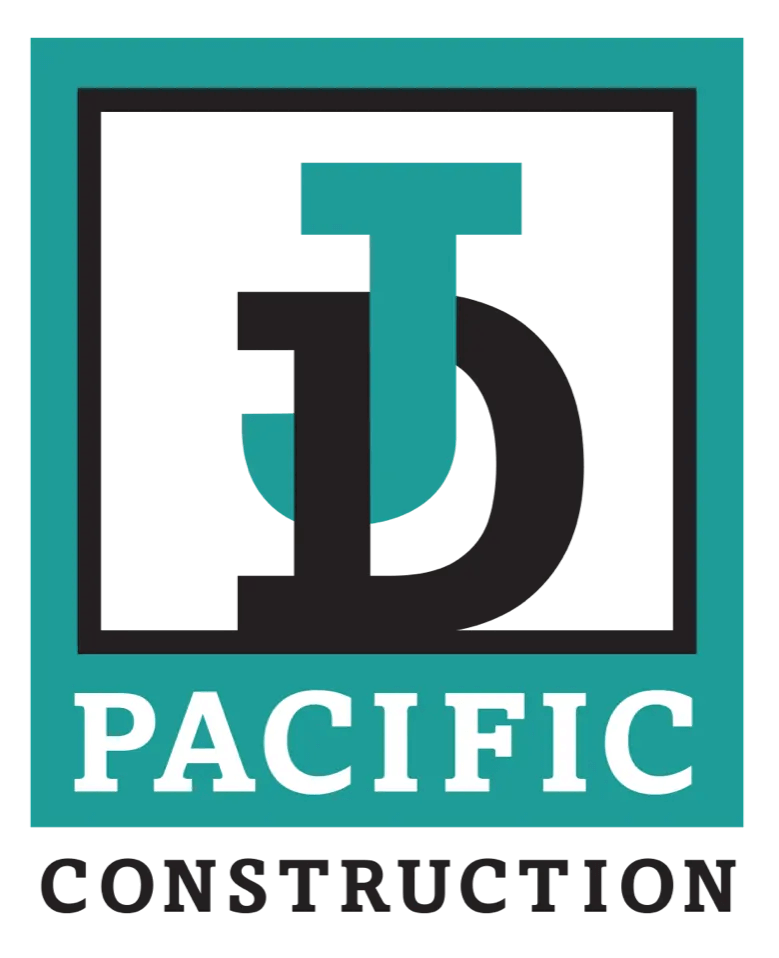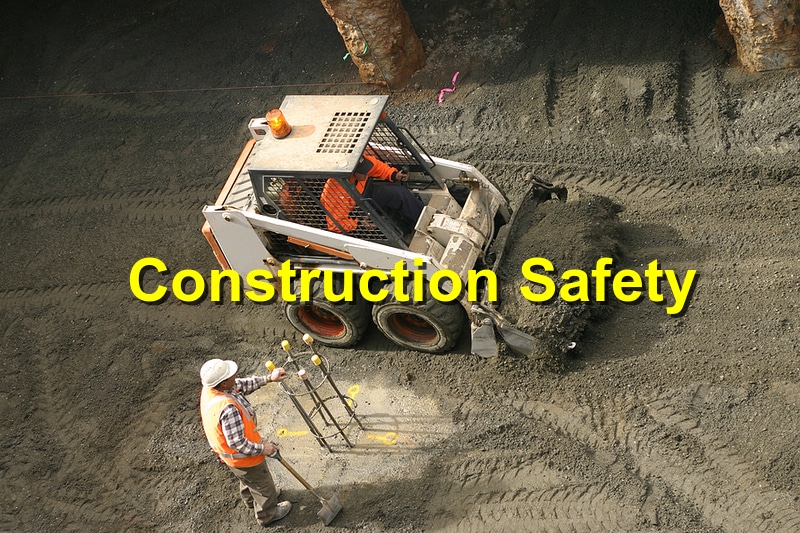Working in construction during the summer presents unique challenges, particularly due to high temperatures and increased risk of heat-related illnesses. Follow these essential summer construction safety tips to protect workers and maintain productivity in hot weather.
Recognizing and Preventing Heat-Related Illnesses
Heat-related illnesses, such as heat exhaustion and heatstroke, are significant risks during summer. Understanding and preventing these conditions is crucial:
- Hydration: Ensure workers drink plenty of water throughout the day. Provide easy access to cool drinking water and encourage regular breaks for hydration.
- Acclimatization: Gradually increase workers’ exposure to hot conditions, allowing their bodies to adapt over time.
- Scheduling: Plan strenuous tasks for cooler parts of the day, such as early mornings or late afternoons. Use the hottest hours for less physically demanding work.
- Shade and Cooling: Provide shaded or air-conditioned rest areas where workers can cool down during breaks.
- Signs of Heat Stress: Educate workers on recognizing symptoms of heat stress, including dizziness, nausea, excessive sweating, and rapid pulse, and encourage immediate reporting of any signs.
Personal Protective Equipment (PPE) and Clothing
Choosing appropriate clothing and PPE can make a significant difference in comfort and safety:
- Lightweight Clothing: Encourage the use of lightweight, light-colored, and breathable clothing to reflect heat and allow air circulation.
- Protective Gear: Use PPE designed for hot conditions, such as ventilated helmets and moisture-wicking gloves.
- Sun Protection: Provide sunscreen with a high SPF, sunglasses, and wide-brimmed hats to protect against UV rays.
Worksite Safety Measures
Implementing specific measures at the worksite can help manage the risks associated with summer construction:
- Weather Monitoring: Regularly check weather forecasts and be prepared to adjust schedules based on heat advisories and severe weather warnings.
- Emergency Procedures: Establish and communicate clear emergency procedures for heat-related incidents, ensuring quick response and access to medical care.
- Rest Breaks: Implement frequent, scheduled breaks to allow workers to rest and cool down, especially during peak heat times.
- Hydration Stations: Set up multiple hydration stations with cool water, electrolyte drinks, and shaded seating.
Training and Education
Ongoing training and education are vital for maintaining safety during summer construction:
- Heat Stress Training: Conduct regular training sessions on recognizing and responding to heat stress and heat-related illnesses.
- Safety Meetings: Hold daily or weekly safety meetings to reinforce the importance of staying hydrated, taking breaks, and wearing appropriate clothing.
- First Aid Training: Ensure all workers are trained in first aid procedures, particularly for heat-related conditions, and know how to use any available first aid equipment.
Equipment and Machinery Safety
Hot weather can affect the performance and safety of construction equipment:
- Maintenance: Regularly inspect and maintain equipment to prevent overheating and ensure optimal performance.
- Fuel and Fluids: Check fuel, oil, and other fluid levels more frequently, as they can be affected by high temperatures.
- Safe Operation: Train operators to recognize signs of equipment overheating and to follow proper shutdown procedures if necessary.
Additional Tips for Summer Construction Safety
Consider these additional tips to enhance safety on summer construction sites:
- Buddy System: Implement a buddy system so workers can monitor each other for signs of heat stress and other health issues.
- Cooling Gear: Provide cooling vests, neck wraps, and other cooling gear to help regulate body temperature.
- Adequate Sleep: Encourage workers to get adequate sleep and rest to maintain their physical resilience against heat.
Final Thoughts: Prioritizing Safety in Summer Construction
Summer construction safety is paramount to protect workers from the dangers of heat-related illnesses and other hazards. By implementing these tips and fostering a culture of safety, you can ensure a productive and secure work environment. Prioritize hydration, appropriate clothing, regular breaks, and comprehensive training to maintain the well-being of your crew throughout the hot summer months.
References: E.K Bailey, NASP




